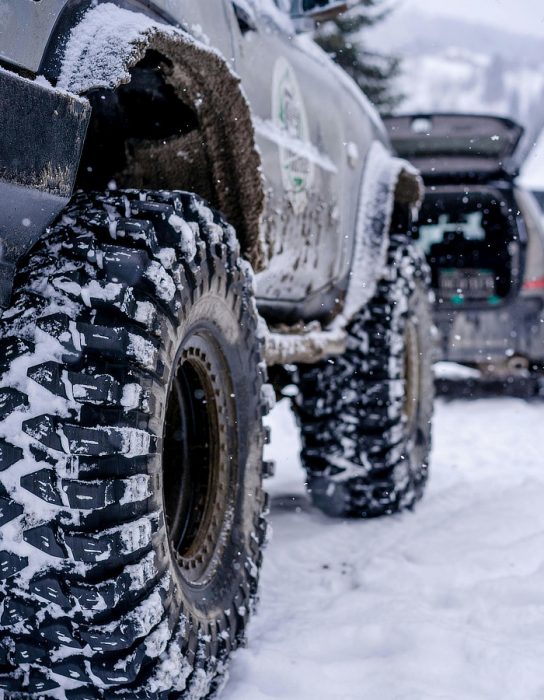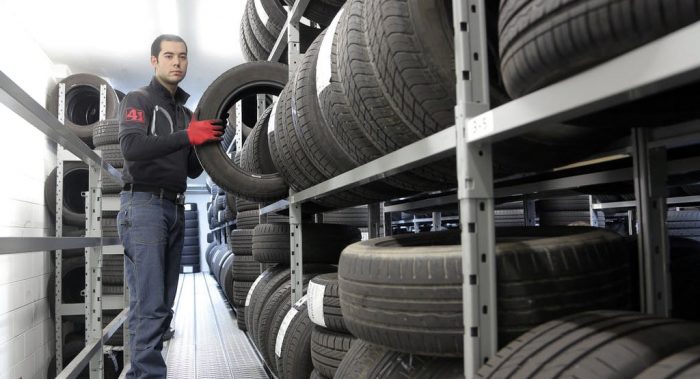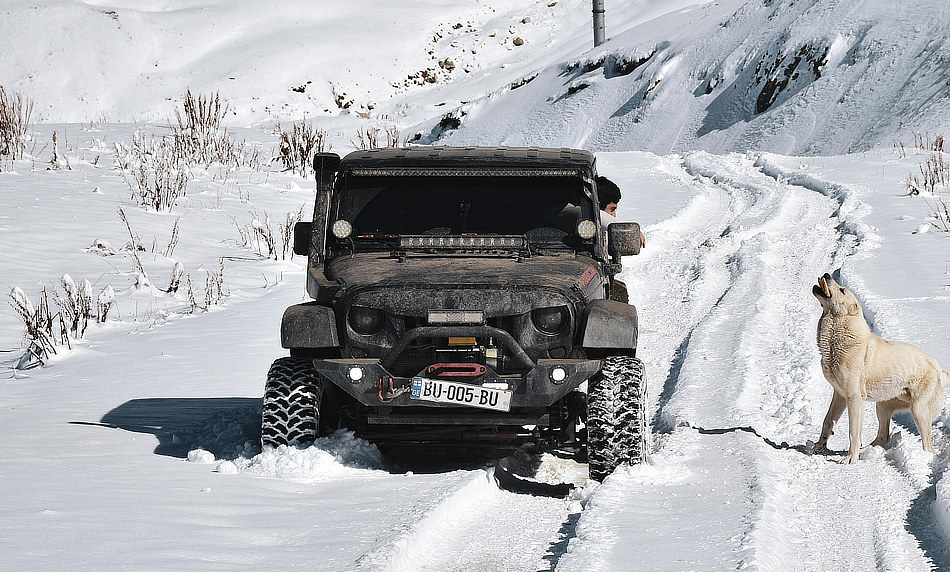Quick answer: Switch to winter tires when early-morning temperatures sit near or below 45°F for a few days in a row. In much of the U.S., that’s roughly late October through April. Buy and install all four—even on AWD—and store your off-season set the right way to make both sets last longer.
Why winter tires matter
– Rubber that stays soft in the cold. All-seasons get stiff below ~45°F, which means less grip. Winter compounds stay flexible, so your car can start, steer, and stop on cold pavement, not just snow.
– Smart tread. Deeper grooves and thousands of tiny cuts (sipes) bite into snow and clear slush so the rubber can touch the road.
– It’s not only about snow. A dry 25°F road can be slippery for summer or all-season tires. Winters help there, too.
When to switch
– Watch the morning low. If your driveway reads ≤45°F most mornings, it’s time. Don’t wait for the first storm.

– Local rhythm helps. A simple rule: “Thanksgiving to Tax Day” (adjust for your climate).
– Travel counts. If you commute through a colder pass or lakefront wind zone, use the colder location to decide.
How many tires? Always four
– Never install just two. Mixing grips (winters on front, all-seasons on rear, or vice versa) upsets balance and can cause spins.
– AWD ≠ winter tires. AWD helps you go. Winter tires help you turn and stop.
Studded vs. studless
– Studless tires for winter use are fantastic for everyday driving since they are noise-reducing, confident, and functional in snowy and icy conditions.
– Stud tires will provide assistance on hard ice, although they are noisier and banned or limited in various states. Verify local restrictions prior to purchase.
Wheels: why a second set pays for itself
– Skip the remount fee. Mount winter tires on their own wheels. You’ll avoid twice-a-year mounting/balancing charges.
– Protect the nice wheels. Salt and brine are hard on expensive alloys; run a basic winter wheel to save the pretty set.

– Faster changeovers. A wheel-and-tire set lets shops (or you) swap in minutes. Less risk to TPMS sensors, too.
How to save money (without losing safety)
– Buy early. Prices and selection are best before the first forecast with snowflakes.
– Consider a slightly narrower size. A modest step down (staying within spec) can improve snow bite and sometimes costs less.
– Hunt for packages. Tire + wheel bundles often include mounting, balancing, and hardware at a discount.
– Look for “take-off” wheels. Local classifieds and forums are full of factory wheel sets that fit common models.
– Rotate on time. Every 5–6k miles keeps wear even and extends life.
– Mind the pressure. You lose about 1 psi for every 10°F drop. Check monthly in winter.
– Store them right. Clean, dry, bagged, and out of sunlight. Upright if unmounted; inflated and off the ground if mounted.
What to look for on the sidewall
– 3-Peak Mountain Snowflake (3PMSF). This symbol means the tire passed a winter traction test.
– M+S is not enough. “Mud and Snow” is a tread pattern note, not a cold-rubber guarantee.

– Load index and speed rating. Match your vehicle’s placard. Don’t drop below spec.
– Date code. The four-digit DOT stamp shows week/year. Very old tires (even with good tread) harden and lose grip.
VIN insight: what the data shows in winter markets
Our Vin data partners analysed millions of vehicle listings and auction photos across the U.S. Here’s what they noticed year after year:
– Listings that include a second winter wheel-and-tire set tend to move faster in snow-belt states. Shoppers like turnkey readiness.
– Small crossovers and compact sedans get the biggest real-world benefit from true winter rubber—lighter vehicles feel the cold more.
– Brake and minor front-end repairs rise after first snowfalls. Many of these cars arrive on all-seasons with shallow tread.
– Tire-pressure alerts spike during cold snaps. Owners often think something broke; in reality, the cold sucked out a few psi.
Simple buying checklist
– Morning temps near or below 45°F for a few days
– Four winter tires, not two
– 3PMSF symbol on the sidewall
– Size, load, and speed rating match the door-jamb placard
– Consider a dedicated winter wheel set
– Ask for current rebates and package deals
– Schedule alignment if you haven’t done one in a year
– Plan storage for your off-season set
Storage basics
– Wash and dry. Remove road salt and brake dust; let them dry fully.
– Bag and label. Big contractor bags work. Mark each tire’s former position (e.g., RF = right front).
– Cool, dark, clean. No furnaces, ozone, or chemicals nearby.

– Position matters.
– Unmounted: store upright (standing).
– Mounted on wheels: store inflated and off the ground or on a rack.
Bottom line
Switch when mornings settle near 45°F. Run four true winter tires. Save money with a dedicated wheel set, smart shopping, correct pressure, and proper storage. Your car will stop shorter, steer better, and winter will feel a lot less scary.







